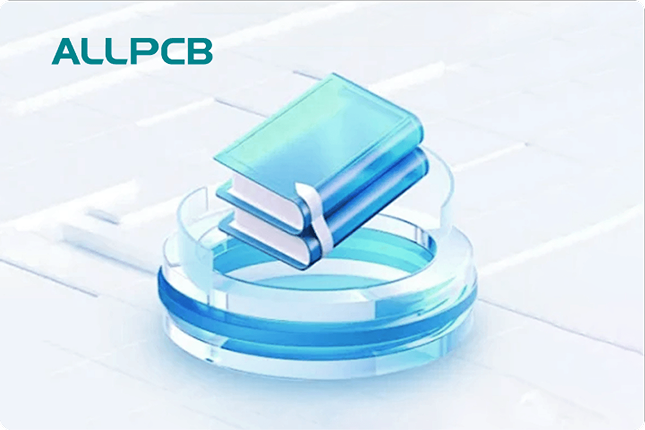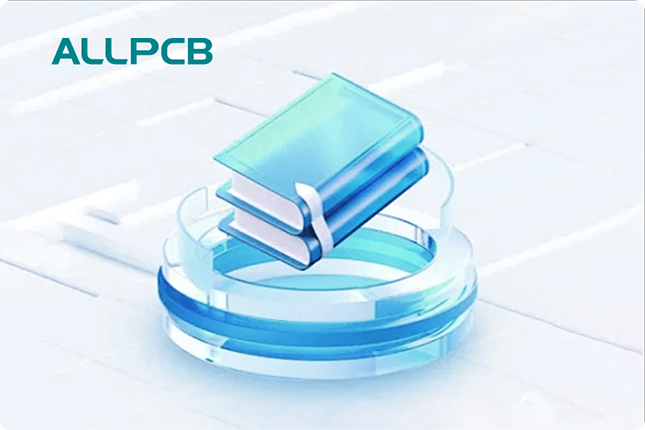If you're wondering how PCB laminate impacts V-scoring quality, the answer lies in the material's properties like strength, flexibility, and thickness. Choosing the right laminate, such as FR-4, can make a significant difference in achieving clean, precise V-scores with minimal stress on the board. In this blog, we'll dive deep into the relationship between PCB laminate and V-scoring, exploring material selection, V-score depth, and best practices for optimal results.
Introduction to PCB Laminate and V-Scoring
In the world of printed circuit board (PCB) manufacturing, every detail counts. From the design layout to the final assembly, each step influences the performance and durability of the end product. One critical aspect often overlooked is the role of PCB laminate in V-scoring quality. V-scoring, a process that creates V-shaped grooves on a PCB panel to facilitate easy separation of individual boards, depends heavily on the material used. The wrong laminate can lead to uneven cuts, board damage, or manufacturing delays.
Among the most popular laminates, FR-4 stands out due to its cost-effectiveness and versatility. But how does FR-4 V-scoring compare to other materials, and what factors in material selection affect V-score depth and quality? This blog will break down the essentials, providing practical insights for engineers and manufacturers looking to optimize their PCB production process.

What is V-Scoring and Why Does It Matter?
V-scoring, also known as V-grooving or V-cutting, is a technique used in PCB manufacturing to pre-separate individual boards within a larger panel. By cutting V-shaped grooves on both the top and bottom sides of the panel, manufacturers create a weak point that allows for easy snapping apart after assembly. This method is widely used to increase efficiency during production, especially for high-volume runs, as it reduces handling time and minimizes the risk of damage during separation.
The quality of V-scoring directly impacts the ease of depanelization and the integrity of the individual boards. Poor V-scoring can result in jagged edges, stress cracks, or even damage to delicate components near the score lines. This is where the choice of PCB laminate comes into play. The material's mechanical properties, such as hardness and brittleness, influence how cleanly and precisely the grooves can be cut.
Understanding PCB Laminate: The Foundation of Quality V-Scoring
PCB laminate serves as the base material for a circuit board, providing structural support and insulation between conductive layers. It consists of a substrate, often reinforced with fiberglass, and a resin system that binds the layers together. The most common laminate, FR-4, is a flame-retardant epoxy resin combined with woven fiberglass, known for its balance of cost, strength, and thermal resistance.
Different laminates have varying mechanical and thermal properties, which affect how they respond to manufacturing processes like V-scoring. For instance, a laminate with high tensile strength may resist clean cutting, while a more brittle material could crack under stress. When selecting a laminate for V-scoring, engineers must consider factors like thickness, flexibility, and resin content to ensure compatibility with the scoring process.

FR-4 V-Scoring: Why It’s the Go-To Choice
FR-4 is the most widely used laminate in PCB manufacturing, and for good reason. Its mechanical properties make it well-suited for V-scoring. With a tensile strength of approximately 70,000 psi and a flexural strength of around 80,000 psi, FR-4 provides enough durability to withstand the stress of scoring without excessive cracking or deformation. Additionally, its glass transition temperature (Tg) of 130-140°C ensures stability under typical manufacturing conditions.
When it comes to FR-4 V-scoring, the material’s uniform composition allows for consistent groove depths, typically ranging from 0.3 mm to 0.6 mm per side, depending on board thickness. This consistency reduces the risk of uneven cuts, which can lead to board damage during separation. However, not all FR-4 laminates are created equal. Variations in resin content or fiberglass weave can slightly alter performance, so it’s essential to work with a reliable supplier to ensure material quality.
How Material Selection Impacts V-Score Depth and Quality
V-score depth is a critical parameter in PCB manufacturing. It determines how easily a panel can be separated and how much stress is applied to the board during the process. The standard practice is to cut grooves that leave a residual web thickness of about 1/3 of the total board thickness. For example, on a 1.6 mm thick PCB, the combined V-score depth from both sides might be around 1.0 mm, leaving a 0.6 mm web in the center.
The choice of laminate directly affects how well this depth can be controlled. Softer or less dense materials may result in deeper cuts than intended, weakening the panel prematurely. Conversely, harder laminates might resist the cutting tool, leading to shallower grooves and difficulty in separation. FR-4 strikes a balance, offering predictable behavior under standard scoring conditions. Its moderate hardness ensures that V-score depth remains within tolerance, typically ±0.05 mm, minimizing manufacturing errors.
Another factor in material selection is the laminate’s response to stress. During V-scoring, the cutting process generates localized stress along the groove. If the laminate is too brittle, micro-cracks can form, compromising the board’s integrity. FR-4’s combination of epoxy resin and fiberglass reinforcement provides enough flexibility to absorb this stress, reducing the likelihood of damage.
Challenges in V-Scoring with Different Laminates
While FR-4 is a reliable choice for most applications, other laminates may pose challenges during V-scoring. For instance, high-frequency laminates with low dielectric constants, often used in RF and microwave applications, may have softer resin systems. These materials can deform under the pressure of the scoring blade, resulting in inconsistent groove shapes or depths.
On the other hand, metal-core laminates, used for high-power applications, are much harder due to their aluminum or copper base. Scoring these materials requires specialized tools and parameters to avoid excessive wear on the equipment or damage to the board. Even with FR-4, variations in thickness (ranging from 0.2 mm to 3.2 mm) can affect scoring quality if not accounted for in the process setup.
To overcome these challenges, manufacturers must tailor their V-scoring parameters to the specific laminate being used. This includes adjusting the blade angle (typically 30° to 60°), cutting speed, and depth based on material hardness and thickness. Testing small batches before full production runs can also help identify potential issues and fine-tune the process.
Best Practices for Optimizing V-Scoring Quality with PCB Laminate
Achieving high-quality V-scoring starts with careful material selection and process planning. Here are some actionable tips to ensure the best results:
- Choose the Right Laminate: For most standard applications, FR-4 offers a proven track record for V-scoring. If your design requires a specialized laminate, consult with your manufacturer to understand its compatibility with scoring processes.
- Specify Board Thickness: Ensure that the laminate thickness matches the intended V-score depth. Thicker boards (e.g., 2.0 mm or more) may require deeper grooves or multiple passes to achieve clean separation.
- Maintain Uniform Material Quality: Work with suppliers who provide consistent laminate batches to avoid variations in resin or fiberglass content that could affect scoring precision.
- Design with Scoring in Mind: Place V-score lines away from sensitive components or traces to minimize stress-related damage. A clearance of at least 0.5 mm from the score line to any copper or component is recommended.
- Monitor Tool Wear: Regularly inspect and replace scoring blades to prevent dull edges from causing uneven cuts or excessive stress on the laminate.

The Role of Laminate in Cost and Efficiency
Beyond quality, the choice of PCB laminate also influences manufacturing cost and efficiency. FR-4 is often the most economical option, with a typical cost of $0.50 to $1.00 per square foot for standard grades. Its widespread availability and compatibility with standard V-scoring equipment make it a go-to for high-volume production, reducing setup time and tooling expenses.
In contrast, specialized laminates may require custom scoring tools or slower processing speeds, driving up costs. For example, cutting metal-core laminates might necessitate diamond-tipped blades, which are more expensive and wear out faster. By selecting a laminate like FR-4 for projects where high-frequency or high-power properties aren’t needed, manufacturers can achieve a balance of quality and affordability.
Conclusion: Making Material Selection Count
The relationship between PCB laminate and V-scoring quality is undeniable. From controlling V-score depth to ensuring clean separation, the material you choose sets the foundation for a successful manufacturing process. FR-4 remains a top choice for V-scoring due to its consistent mechanical properties, cost-effectiveness, and compatibility with standard equipment. However, understanding the specific needs of your project and tailoring material selection accordingly can make all the difference in achieving optimal results.
By prioritizing the right laminate and following best practices, you can minimize production challenges and deliver high-quality PCBs that meet design specifications. Whether you're working on a prototype or a large-scale production run, remember that material matters—especially when it comes to V-scoring.
 ALLPCB
ALLPCB







